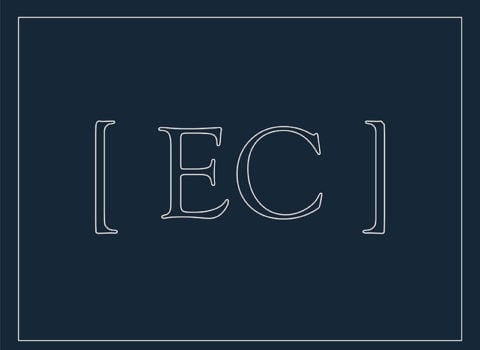Lost in this past electoral season, one of the most vicious and frightening in American history, is how shaky the very foundation of our democracy is. Throughout Trump’s deformation of the American presidency, we have been told by one commentator after another that our institutions would save us, that not only the customs of democracy but also the legal infrastructure of our republic would see us through.
Nothing could be further from the truth. The United States remains mired in what is now a nearly twenty-year-long constitutional crisis, one that began with the infamous 2000 Supreme Court decision in…






























































































